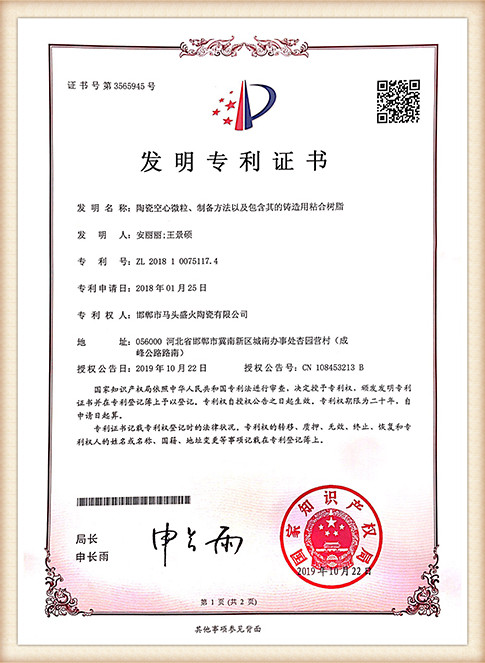The Use of Foundry Sand in Concrete A Sustainable Approach
Foundry sand, a byproduct of the metal casting industry, has emerged as a noteworthy material for enhancing concrete's performance. Traditionally disposed of as waste, foundry sand can be repurposed for use in concrete production, contributing to sustainable construction practices. This article delves into the properties, benefits, and challenges of using foundry sand in concrete, shedding light on its potential in modern construction.
Properties of Foundry Sand
Foundry sand is primarily composed of silica, along with various binders and additives used during the casting process. It is characterized by its fine granular structure, high moisture retention capacity, and excellent thermal properties. The typical types of foundry sand include green sand, resin sand, and silica sand, each offering unique benefits. Green sand, for instance, consists of a mixture of silica sand, clay, moisture, and other additives, making it particularly beneficial due to its plasticity and workability.
Benefits of Using Foundry Sand in Concrete
1. Sustainability One of the most significant advantages of incorporating foundry sand into concrete is its environmental impact. Utilizing this industrial byproduct reduces the demand for virgin materials, thus conserving natural resources and minimizing the environmental footprint of concrete production. Moreover, recycling foundry sand helps divert waste from landfills, contributing to a more sustainable waste management approach.
2. Improved Workability Foundry sand's fine and spherical particles enhance the workability of concrete mixtures. It can improve the flow characteristics of the cement paste, resulting in easier placement and a more uniform mix. This property is particularly beneficial in applications where intricate forms and finishes are required.
use of foundry sand in concrete

3. Enhanced Durability The addition of foundry sand has been shown to improve the mechanical properties of concrete, including compressive strength and durability. Its high silica content contributes to increased resistance against chemical attacks, freeze-thaw cycles, and abrasion, making concrete more resilient for various applications, including pavements and structural elements.
4. Cost-effectiveness Incorporating foundry sand can lead to cost savings in concrete production. By substituting a portion of traditional aggregates with foundry sand, producers can reduce material costs while still achieving satisfactory performance. This economic advantage can be particularly appealing for contractors seeking budget-friendly solutions without compromising quality.
Challenges and Considerations
Despite its numerous benefits, the use of foundry sand in concrete does present challenges that must be carefully considered. One major concern is the variability in the chemical composition of foundry sand, which can affect the alkali-silica reaction (ASR) when mixed with cement. Close monitoring of the sand's properties and conducting appropriate tests is essential to mitigate potential negative impacts.
Additionally, the presence of impurities, such as organic matter or metallic residues, may require preprocessing or treatment of the foundry sand before it can be safely used in concrete. Therefore, quality control measures are vital to ensure that the materials meet the required standards for construction applications.
Conclusion
The utilization of foundry sand in concrete represents a promising intersection of sustainability and innovation in the construction industry. By repurposing this byproduct, we can reduce waste, conserve resources, and enhance the performance of concrete structures. While there are challenges to address, the potential benefits far outweigh the drawbacks. As the industry continues to explore eco-friendly materials and practices, foundry sand stands out as a valuable resource that contributes to the development of green construction solutions. Encouraging further research and development in this field will undoubtedly pave the way for more widespread adoption and ultimately lead to a more sustainable future in construction.
Post time:Nov . 08, 2024 07:56
Next:An Introduction to Sand Casting Techniques and Processes for Beginners
